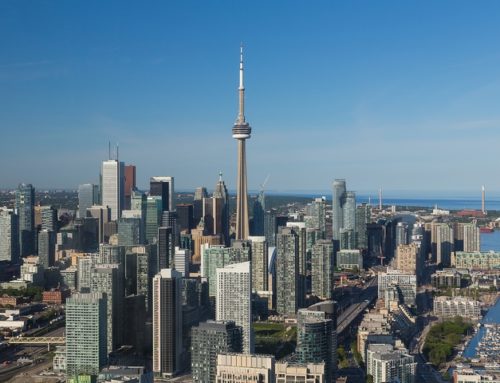Since the advent of legal pot in Canada one year ago, things have changed – but not in the ways many people might have expected. Most of us don’t have to “swim” through clouds of smoke on the way to work, and contrary to some pre-conceived fears by existing homeowners and new homebuyers, property values haven’t plummeted, home sales haven’t suffered, and the housing market hasn’t all gone to pot, so to speak.
In fact, a post-legalization study by Pollara Strategic Insights found that Canadians reported a small increase in pot usage and a significant increase in acceptance. Changing attitudes were also a running theme in the new RE/MAX Cannabis Reflection Report, which found that legal pot shops aren’t on homebuyers’ radar. This is in stark contrast to a RE/MAX poll conducted in late 2018, which revealed that 65 per cent of Canadians would not like to live near a retail cannabis store.
However, a more recent survey of RE/MAX brokers finds that 21 per cent of Canadians already live in close proximity to a legal pot shop, and 72 per cent of them said it would not be a factor in their decision to move.
It appears that there were a lot of anticipated reservations surrounding cannabis retail and the negative impacts on local property values that did not come to pass. We have not seen a decrease in home sales or prices that can be attributed to legal pot. In fact, the opposite may be true. As the retail footprint grows and diversifies into edibles and other formats, buyers and sellers may start to feel less resigned.
Here’s what RE/MAX experts are reporting in Canada’s biggest housing markets:
The presence of more stores may influence how homebuyers approach certain neighbourhoods. Even with changed attitudes, however, the idea of NIMBYism still looms in the background. But for the time being, acceptance and adoption seems to have been pretty positive.
With the next round of legal pot coming in the form of edibles and topicals as early as this December, only time will tell how the public adopts, accepts and reacts to the new normal in their communities, and the long-term impact on their property values and the liveability of their neighbourhoods.









